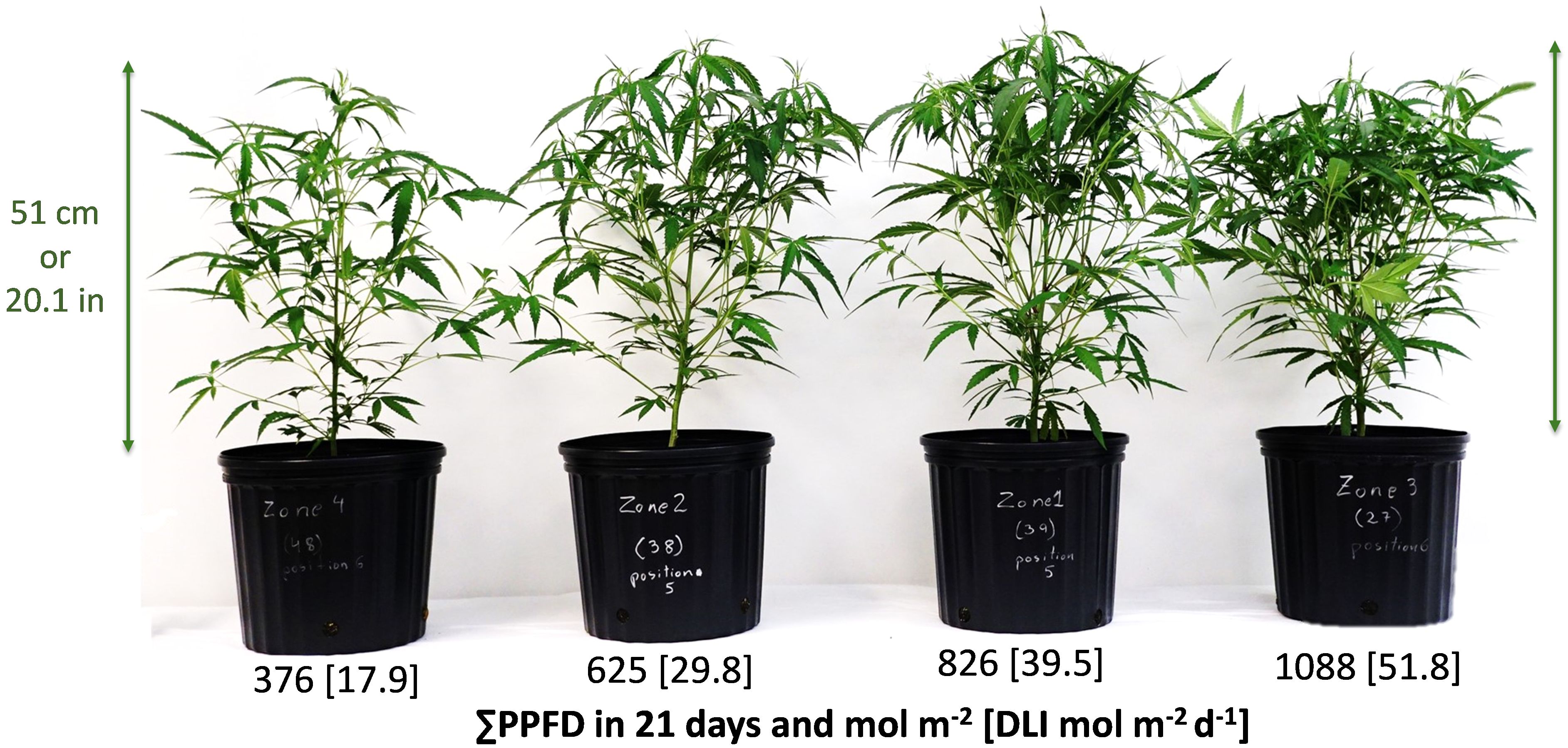
Temperature control represents the most critical yet often misunderstood aspect of cannabis vaporization technology. For educators, researchers, and those studying cannabis delivery systems, understanding the relationship between temperature settings and THC vaporization efficiency provides valuable insights into how these devices function. This is particularly relevant when examining thc disposable vapes, which have become increasingly sophisticated in their temperature regulation capabilities.
Vaporization occurs when a substance transitions from solid or liquid into a gaseous state without combustion. Unlike smoking, which involves burning plant material at temperatures exceeding 900°C (1652°F), vaporization selectively releases compounds at much lower temperatures. Each cannabinoid and terpene has a specific boiling point at which it transforms into vapor:
- THC (Tetrahydrocannabinol) – 315-428°F (157-220°C)
- CBD (Cannabidiol) – 320-356°F (160-180°C)
- CBN (Cannabinol) – 365°F (185°C)
- Terpenes (various) – 310-428°F (154-220°C)
These temperature thresholds reveal why precise temperature control significantly impacts efficiency and experience.
Temperature ranges and their effects
Modern THC disposable vapes typically operate within specific temperature ranges, each offering distinct advantages and limitations:
Low temperature range – 325-350°F (163-177°C)
- Efficiency impact – A lower conversion rate of THCA to active THC
- Vapor production – Minimal, lighter vapor clouds
- Flavor preservation – Maximum terpene retention
- Device battery life – Extended due to lower power requirements
- Onset time – Slower, more gradual effects
Mid temperature range – 350-390°F (177-199°C)
- Efficiency impact – Optimal balance between efficiency and preservation
- Vapor production – Moderate, visible vapor
- Flavor preservation – Good terpene expression with minimal degradation
- Device battery life – Moderate consumption
- Onset time – Balanced activation time
High temperature range – 390-430°F (199-221°C)
- Efficiency impact – Maximum extraction efficiency for THC
- Vapor production – Dense, substantial clouds
- Flavor preservation – Diminished terpene profile
- Device battery life – Faster depletion
- Onset time – Rapid onset of effects
Technical implementation in THC disposable vapes
The method of temperature regulation varies significantly across THC disposable vape devices:
Fixed temperature systems
Many entry-level THC disposable vapes operate at a single, preset temperature, typically around 375°F (190°C). This represents a manufacturer-determined compromise between efficiency, flavor preservation, and vapor production. While limiting user control, these systems offer consistency and simplicity.
Variable voltage systems
Some disposable devices incorporate simple voltage adjustment that indirectly controls temperature. These typically offer 3-4 voltage settings corresponding to different temperature ranges, providing basic customization without precise temperature control.
Advanced temperature control
Premium THC disposable vapes now feature microprocessor-controlled heating elements that maintain specific temperatures throughout the inhalation cycle. These systems use algorithms to compensate for factors like draw speed and ambient temperature, ensuring consistent vaporization efficiency.
Efficiency equation – Beyond temperature
Temperature represents just one variable in the complex equation of vaporization efficiency. Other factors include:
- Heating method – Conduction heating (direct contact) versus convection heating (hot air)
- Surface area – The amount of extract exposed to heat
- Draw duration – Longer draws allow more time for heat transfer
- Extract consistency – Different formulations vaporize at varying efficiencies
- Device airflow – Restricted versus open airflow affects heat distribution
The temperature regulation of disposable vape devices significantly influences the efficiency of vaporizing THC. Cannabis delivery systems, extraction efficiency, and cannabinoids’ properties are learned in educational settings. New technologies will enhance temperature control mechanisms that optimize the vaporization process.







